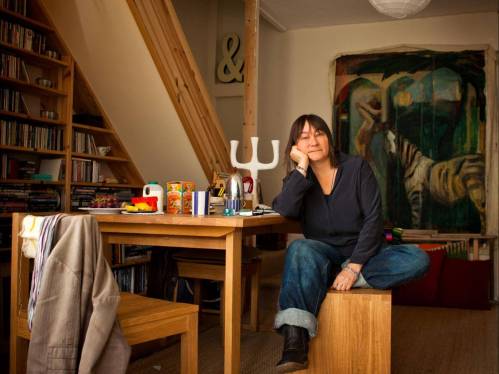
I’m reading Ali Smith, Autumn. Compelling.

I’m reading Ali Smith, Autumn. Compelling.
Posted in Uncategorized
Yowser – a terrific tour yesterday through the studios of Fairfield artists. We talked about Henry Moore and saw so many works of art. Empty walls anyone?
https://www.fairfieldartistsstudiotour.com

Posted in Uncategorized
Coming up soon on June 2 and 3, 2018 it’s the Planet Earth Poetry Retreat with Tim Lilburn in the driver’s seat. Come and find your wild side at Rhona’s house on the Gorge.
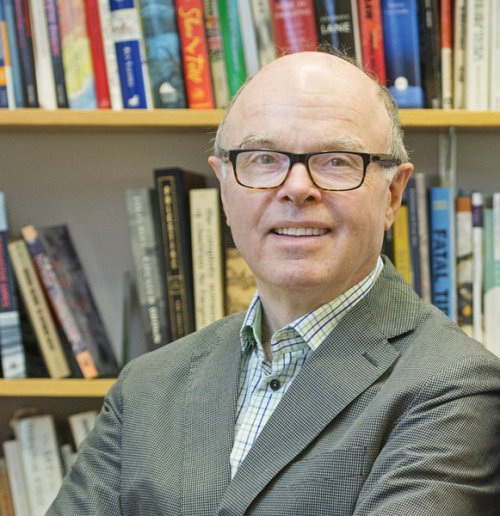
Posted in Uncategorized
April 22, 2018 and the sun shone on poets. We read and listened and loved the messages about the Pacific Ocean. Thanks to Dr. Jay Cullen from UVic for being the featured scientist.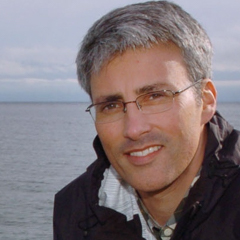
Posted in Uncategorized
Honeymoon Bay retreat with Patrick Lane
I wanted to work on poetry, and that’s what we did – work. Whew it was intense, and wonderful. I met a gang of dedicated poets and heard poems that matter. I’ve got enough homework to keep me going for 6 months at least, AND now I have to revise some of my poems I foolishly thought were strong. Ha!
Posted in Uncategorized
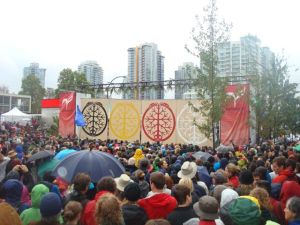 Yes it rained, but we just didn’t care. It was so good to be walking with 10,000 happy wet Canadians. Stephen Lytton walked all the way, and that was a real feat for him.
Yes it rained, but we just didn’t care. It was so good to be walking with 10,000 happy wet Canadians. Stephen Lytton walked all the way, and that was a real feat for him.
Posted in Uncategorized

Teachers learning game phrases as they play.Embracing English in Rwanda
In May 2013 I went to Rwanda to work with a group of twenty young teachers. I was there to help improve their spoken English, and to introduce oral language strategies for the classroom. So I asked about their current teaching practice.
While enthusiastic, it soon became apparent they had nothing to teach with, nothing except brains and energy. No, I mean it – they have nothing to teach with! No blackboard, no chalk, no desks or tables, no electricity, and no glass in the windows. There are no books, pencils or crayons. There is no paper. They have cement buildings and wooden benches. And that’s it. Hard to believe.
And there are 60 to 70 children in one class. These are preschool teachers and preschool children, who in Rwanda can be anywhere from 3 to 6 years of age. They are part of the Bright Start Program operated by Embrace Rwanda, a humanitarian organization based in North Vancouver.
Chaos? No. Learning? Yes. It’s oral all right – call and response, singing, choral speaking, and ever-present repetition. The children are so keen to learn, so polite and patient. They may be hungry and thirsty but they are attentive. Our Canadian children couldn’t manage thirty minutes in this learning environment. They would be restless and bored, distracted and disruptive. But in the villages school is the best thing going. Rwandan children don’t want to miss out, so they don’t take their eyes off the teacher. What she says goes, the first time she says it.
Only a few children will ever say they don’t feel well, and the teachers deal kindly with them. Children lie down on a tarp if they are tired or ill. Sosoma is served in big plastic mugs at mid-morning. It is a thick liquid blend of soy, sorghum, and maize. For many it will be their main meal of the day. The children lick out every drop and lick their fingers too. Then they wash their mugs and go out to play. They sing.
Many have uniforms, simple shorts or skirts with a white shirt or blouse. I can’t imagine how their mothers get the shirts so white when they live in mud homes and the river water is so brown. But they do!
Classes are in Kinyarwanda and English, except most teachers don’t speak English. Many speak some French and a smattering of English since it became an official language five years ago. With Jean Claude the translator, I did songs and chants, poems and games, pronunciation and stories. The teachers caught on fast, and they were so pleased to be learning new activities to teach their children.
I assumed the Rwandans would have a strong oral tradition. Nyamagabe is a rural district, the poorest in the country. Money is spent on food, clothing, and shelter. Books, newspapers, and magazines are rare. There are no TVs in homes, few radios, and often no electricity, so I assumed stories would be a big part of their lives and therefore their teaching. Wrong! The teachers were silent when I asked for stories, family stories, the ones their parents or grandparents told them.
I showed them the few children’s books I had found for sale in Kigali, and the big books I had brought from home. They were fascinated, but they still didn’t tell any stories. The teachers had never worked in groups so when I said, “Make a group of four and tell each other a story in Kinyarwanda,” they didn’t do it. I had to physically move people together into a group. A few told bible stories, (Rwanda is very Christian) but most did not. They waited politely and watched for my next instruction.
It dawned on me that because these teachers ranged from 18 to 24 years of age, they must have been born at the time of the 1994 genocide. The whole country was traumatized after the violence and upheaval of normal life. Some of the teachers were orphans, some were rape babies, and some were simply neglected while parents or caregivers struggled to survive. Maybe Rwandans just didn’t have the energy to tell stories to their children, or maybe the only stories that mattered were too harsh.
I brought story scrolls from home, illustrations on wide paper strips, which I unrolled and taped to the wall. They loved the drawings: Three Little Pigs, Billy Goats Gruff, and The Sun and the Wind. I told the stories in English and Jean Claude translated as I spoke. We repeated the stories, acting out parts. Then the teachers told the stories in Kinyarwanda using the pictures as a guide. Soon they made their own illustrated stories – something they had never done before in their lives.
I was stunned that they didn’t normally tell stories to their preschool classes. They were stunned that I expected them to make up stories if they didn’t know any! But they caught on fast and soon there were stories of snakes and lions, fish and birds, magic and adventure. It wasn’t in English but one day it would be. The teachers are determined to improve. Embrace Rwanda is determined to help them.
As usual in teaching I learned far more than I taught. I learned basic phrases in Kinyarwanda and a few songs. But mostly I learned of the resilience and abilities of these young teachers. Mugire amahoro, live in peace.
Posted in Uncategorized
Whoa! The trail is unbelievably beautiful and unbelievably slippery. We gasped at the cliffs and the turquoise waves crashing below us. If you slip you are gone. We clung on with our toenails. Really needed the walking sticks on some parts where streams or small waterfalls cross the trail. And we only hiked to the lookout! 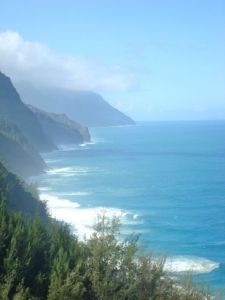
Posted in Uncategorized
This is why the revision is going so slowly! I am at a beach not a desk. But then today a woman drowned on our beach in Poipu, at Brennecke’s Beach. It’s a small beach where I have swum and thrashed around in the waves. How awful to see her carried to the shore, and the efforts to resuscitate her.
Posted in Uncategorized

I try to inject delight and wonder into my writing – my granddaughter helps.
Posted in Uncategorized